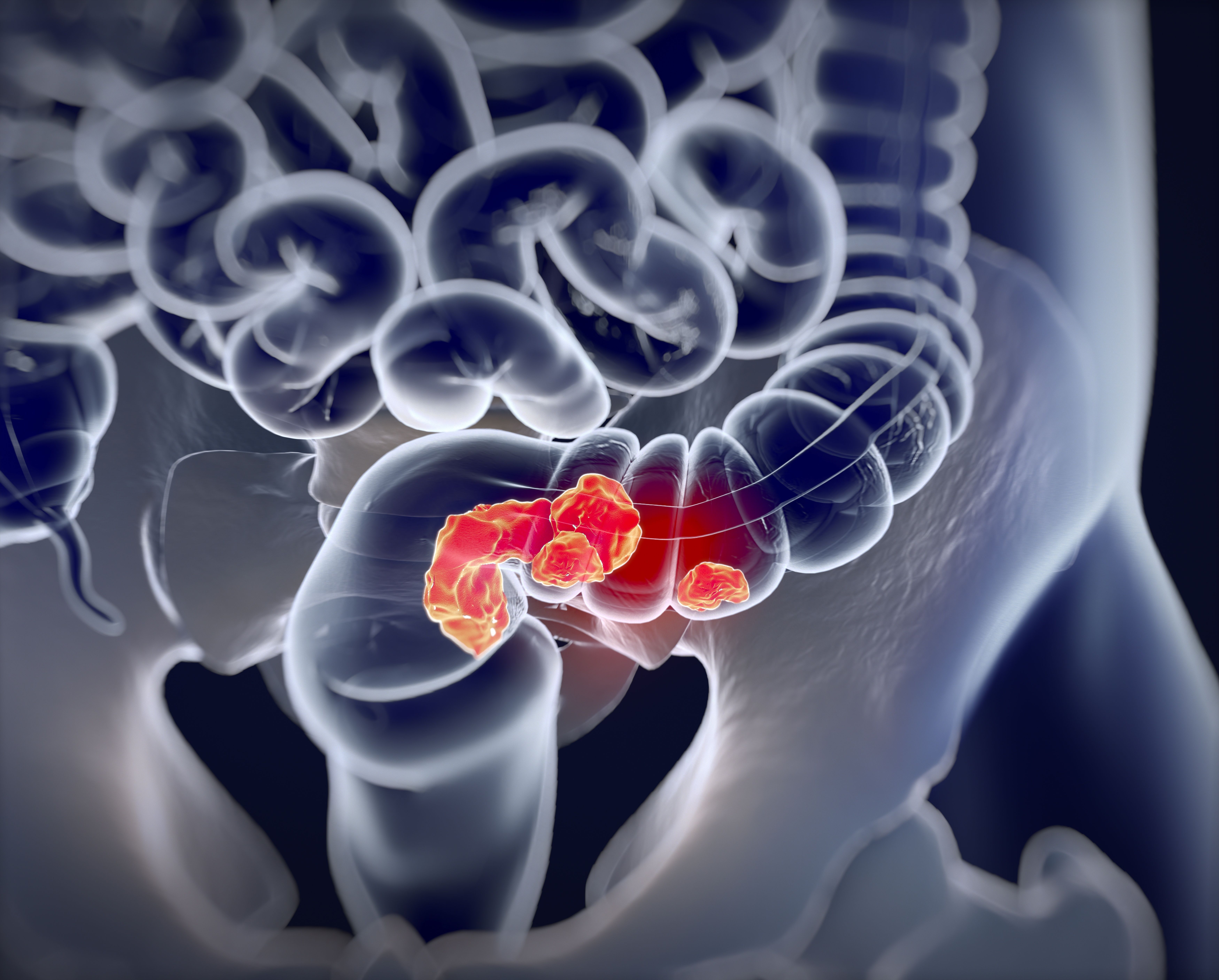BRAF Mutant Allele Fraction May Be Prognostic Biomarker for Targeted Therapy Regimens for BRAF V600E+ mCRC
A biomarker analysis utilized liquid biopsies to find potential prognostic and predictive biomarkers for patients with BRAF V600E–mutant metastatic colorectal cancer treated with BRAF, EGFR, and/or MEK inhibitors.

A biomarker analysis utilized liquid biopsies to find potential prognostic and predictive biomarkers for patients with BRAF V600E–mutant metastatic colorectal cancer (mCRC) treated with BRAF, EGFR, and/or MEK inhibitors.
In the analysis, presented at the European Society for Medical Oncology 2021 World Congress on Gastrointestinal Cancer, cell-free DNA (cfDNA) of BRAF mutant allele fraction (MAF) was suggested to be an independent prognostic biomarker associated with aggressive CRC and as such had an impact on potential overall survival (OS).
“Our study brings new insights towards the understanding of the underlying molecular landscape of BRAF V600E–mutant associated with sensitivity to BRAF inhibitors, and indicates that liquid biopsy is critically needed in future prospective trials for this patient population,” said Elena Elez, MD, PhD, attending physician in the Medical Oncology Service in the Gastrointestinal Oncology Unit at Vall d’Hebron Institute of Oncology in Barcelona, Spain.
The study analyzed 282 patients with BRAF V600E–mutant mCRC, which included 86 patients treated with targeted therapy, of which 40 had available formalin-fixed paraffin-embedded tissue and plasma for testing as well as full clinical and pathological data.
Investigators sought to evaluable to contribution of BRAF MAF with cfDNA on prognostic score and to search for predictive biomarkers using comprehensive multi-sequencing.
Fourteen patients had high (>5%) BRAF MAF, 10 had low (<5%) BRAF MAF, and MAF was undetectable in 16. Compared with the other groups, patients with higher BRAF MAF tended to have higher ECOG performance status scores, more tumor sites, a higher degree of liver metastases, and a higher carcinoembryonic antigen level and neutrophil to lymphocyte ratio.
Elez suggested that these features could be used to define 3 subgroups of patients by BRAF MAF level with possible therapeutic implications.
In patients with high BRAF MAF, the median OS was 4.2 months, whereas the median OS was 17.1 months in patients with low BRAF MAF (HR, 0.21; 95% CI, 0.08-0.59; P < .001), and 17.5 months in patients with wild-type BRAF MAF (HR, 0.15; 95% CI, 0.06-0.40; P < .001).
In a multivariate analysis, BRAF MAF level had the greatest impact on OS of all the baseline characteristics considered.
When analyzed by risk group, patients with high risk had a median OS of 5.1 months, 8.4 months for intermediate risk (HR, 0.26; 95% CI, 0.12-0.52; P < .001), and 21.8 months for low risk (HR, 0.05; 95% CI, 0.02-0.13; P < .001).
Patients with low or undetectable BRAF MAF had a greater OS resulting from targeted therapy—whether doublet or triplet therapy consisting of BRAF, EGFR, and/or MEK inhibitors—than those with higher BRAF MAF (P = .21).
Multi-sequencing was conducted in 23 patients with available formalin-fixed paraffin-embedded tissue and plasma and investigators found a correlation between BRAF MAF in cfDNA whether analyzed by whole-exome sequencing or droplet digital PCR (R2 = .9027; P < .0001). Using whole-exome sequencing, cfDNA showed tumor concordance with the primary tumor of over 50% in 3 tests.
Patients who had polysomic chromosome 7 were more likely to respond to treatment than patients with diploid chromosome 7. Ninety-one percent of patients with polysomic chromosome 7 had a response or stable disease to targeted therapy as compared with 50% of patients with diploid chromosome 7 (P = .04).
Elez explained that in this cohort, BRAF and EGFR gain mutations were associated with benefit from treatment with BRAF-targeted therapy. Patients with a higher copy number of chromosome 7 who were treated with a triplet targeted regimen were most likely in the group to respond with a complete or partial response.
Further, the investigators found an association with greater responses to targeted therapies among patients with microsatellite stability and RNF43 mutations. Of 17 patients in the cohort with microsatellite stable (MSS) disease, 6 had RNF43-mutated disease, and the majority of these patients (83%) had a partial or complete response; whereas in 11 patients with wild-type disease and MSS, only 27% responded. In those with microsatellite instability (n = 6), all had RNF43 mutations and 33% responded to targeted therapy.
These somatic RNF43 mutations were found to be 10-fold more frequent in patients with BRAF V600E–mutant mCRC than in patients with BRAF wild-type disease, which is significant as the gene is an essential component of the WNT pathway, leading to β-catenin degradation and possible sensitivity to BRAF inhibition.
Elez noted that further validation of these results is required in larger cohorts in the future.
Reference
Elez E, Ros J, Martini G, et al. Integrated analysis of Cell Free DNA (cfDNA) BRAF mutant allele fraction (MAF) and Whole Exome Sequencing in BRAFV600E metastatic colorectal cancer (mCRC) treated with BRAF, EGFR +/- MEK inhibitors. Presented at: 2021 World Congress on Gastrointestinal Cancer; June 30-July 3, 2021; Virtual. Abstract LBA-3.